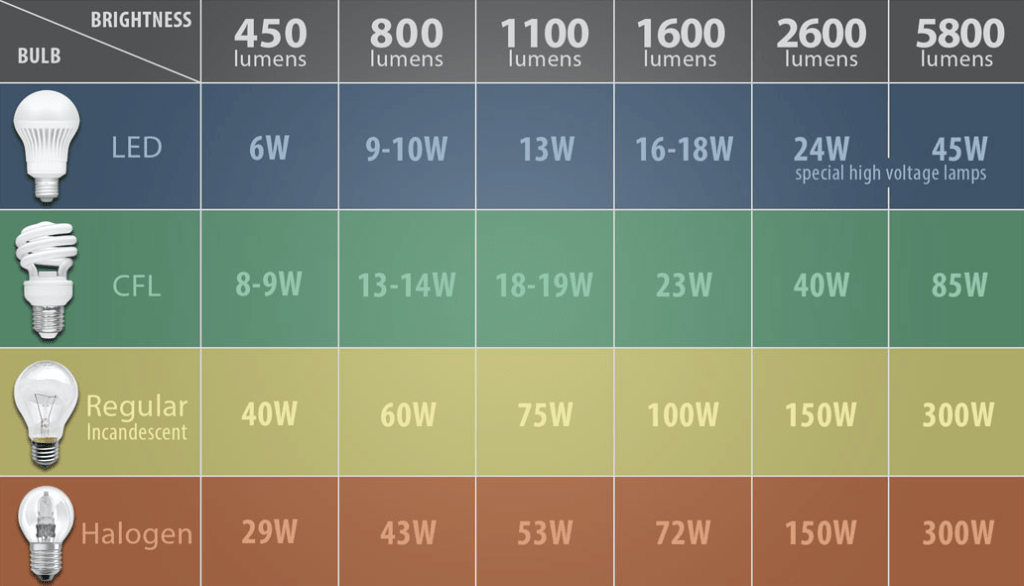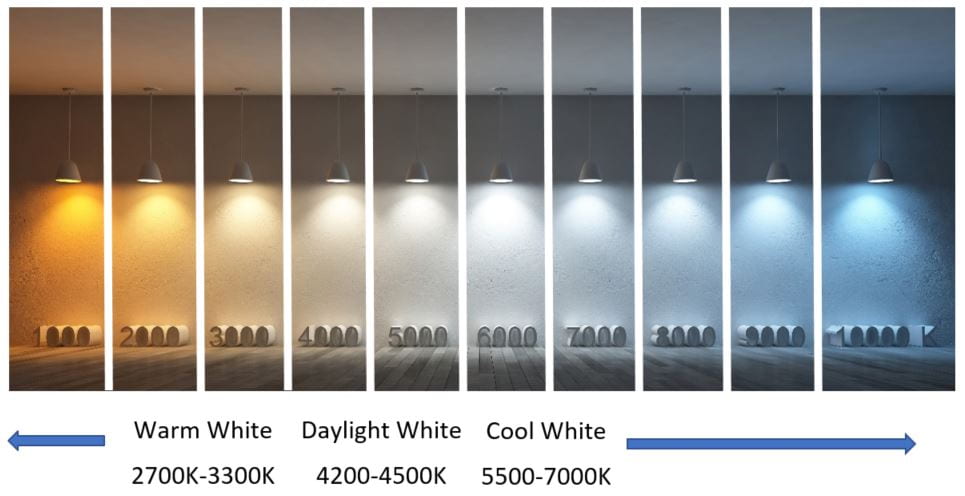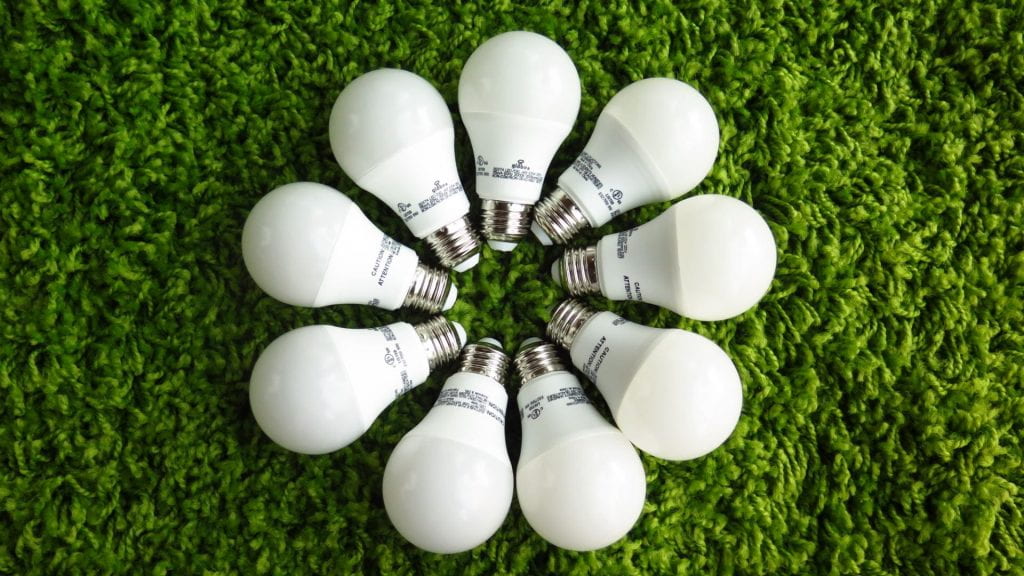Upgrading your lights to LEDs is one of the quickest and easiest ways to reduce your carbon emissions and reduce energy costs. More time at home during the COVID-19 pandemic presents an opportunity to develop a priority list of home energy efficiency and decarbonization projects that you can work through in the coming months and years. Upgrading light bulbs to LEDs is a simple and easy priority item for all homes.
LEDs not only use significantly less energy than other types of bulbs, but in many cases provide a better quality of light, the ability to dim, and even the ability to change color tone/temperature. You can access subsidized LED light bulbs through the Ameren Missouri Online Store and at participating retailers.
If you can only replace some of your light bulbs, target the high wattage bulbs (typically incandescent or halogen bulbs) and bulbs with the greatest number of hours of usage to maximize energy savings.
The content below focuses on providing you information and resources to support making this change and navigating the various decisions that you can make about light output, light color temperature, and more.
How much light do I really need?
First off, the brightness of a bulb is measured in lumens. More lumens = more light. The optimum light intensity for a given room varies depending on the purpose of the room.
If you are comfortable with your current light intensity and brightness and wish to simply swap out your CFL or incandescent, the following chart gives you a direct conversion between your current bulb and a more efficient LED bulb. If your current light level is too high, look for an LED with lower lumen output and vice versa if your current light level is too low. You’ll need to check your current bulb’s wattage and use the chart to find an LED bulb that works for you.

Wattage equivalence chart [source: alconlighting.com]
This approach can optimize the number of bulbs within a space, ensuring that you’re not drawing more power than is needed. While online calculators are useful tools, your experience and perception in your space is equally as important because lighting level is ultimately in service of your experience and comfort.
Dimmability
LEDs come in both dimmable and non-dimmable options. While dimmable bulbs cost slightly more, they allow you to adjust your light level throughout the day and can help you save even more energy. Less light = less energy. Before buying a bunch of new LEDs to use on existing dimmer switches, make sure to check the bulbs’ compatibility with your existing dimmer switches. The best way to test compatibility is through a bit of trial and error with some sample LEDs. If you don’t have dimmers or have a limited number, consider installing additional dimmer switches to create more flexibility in your lighting environment and to allow you to save even more energy!
Color Temperature
A common misconception is that LED bulbs only provide harsh, unpleasant, cold light – probably not the vibe one would want to study or work in. Thankfully, LED’s now come in a wide range of colors, which will allow you to select a color temperature that is right for the ambiance of your spaces. Color temperature is measured in Kelvins (K). A lower number of Kelvins indicates warmer light while a higher number of Kelvins indicate cooler light. For reference, most traditional incandescent light bulbs are 2700 K, halogen bulbs are commonly 3000 K, and Edison-style lights that cast an orange glow are often in the 2000-2200 K range. The typical range recommended for most residential spaces is 2700–3600 K. You can select warmer tones to support a more relaxing feel and brighter tones for active spaces like kitchens, workshops, and garages.

A number of LED manufacturers offer bulbs that can change their color temperature with a smart-phone or simply by flipping the switch. These types of bubs can be very helpful for allowing your spaces to evolve throughout the day and to respond to your natural circadian rhythm – cooler light (4000 K and above) during active daytime hours and warmer light as you near bedtime (2700 K and below).
Color Rendering Index
Another thing to look out for when switching to LED bulbs is a bulb’s Color Rendering Index (CRI). This is a measure of how good a light source is at accurately rendering an object’s true colors. The CRI scale is from 0 to 100, with 100 indicating the most accurate color rendering – equivalent to natural sunlight. Most LED bulbs have high CRI values, which range from 80 to 90 and are, therefore, preferred for indoor settings.
Bulb Base Type
Be sure to check which bulb base you currently have or plan to use and find a bulb which fits your base. LED manufacturers now offer a very wide variety of option for almost every application from standard screw-in bulbs to appliance bulbs and everything in between.
Decarbonizing society will require a broad range of strategies including shifts to renewable electricity, electrification of transportation, home energy efficiency, and more. We recommend you create a list of your priority home projects, including the number and type of bulbs you need, and begin chipping away at the list in the coming months.
This article was written by Adrian Odamtten and Noah Rennert, Renewable Energy Associates at the Office of Sustainability.
